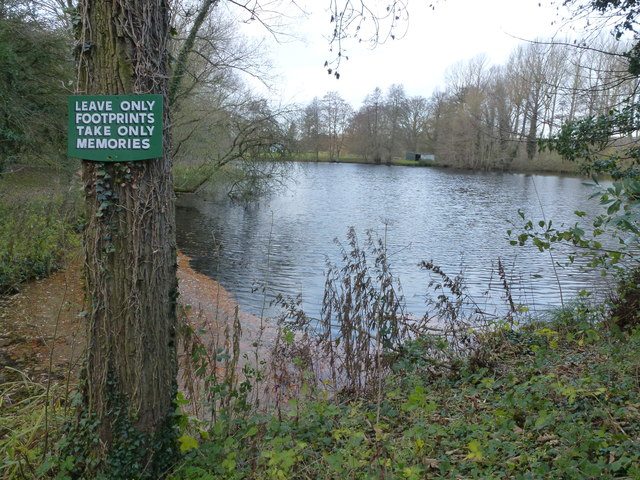
How to Be Environmentally Friendly While on the Trail
If you love being outdoors, then it’s safe to assume that you care about the land you are walking on, and you don’t want to harm it. While most backpackers try their best to be conscious of not leaving trash around or making sure to use gear that’s environmentally friendly, let’s face it; not all of us are as mindful as we could be, nor are we really aware of all the possible ways that we can be helping (or at least not harming) the environment:

Bring Only What You Need
There’s a lot of technology out there today that most backpackers have taken advantage of. However, not all of these gadgets are eco-friendly, and can actually do more harm than good. There’s really only a few essential things every backpacker needs, and those things include a map, compass, matches/fire starters, food, a pocket knife, water, sun protection, a flashlight, a first-aid kit, clothing, and perhaps a few others. You really don’t need much more.
Go With Smaller Groups
The more people that are in your hiking group, the more harm that can be done to a trail. Stick to smaller groups, couples, or just yourself to help eliminate traffic and damage on the trail. Besides being environmentally friendly, it also helps the overall atmosphere. If you’re too distracted by what everyone in your group is talking about, you might not pay attention to all the beauty surrounding you. Also, too much noise isn’t really good for those you might be sharing the trail with (like animals).
Be Mindful of Where You’re Walking
There’s marked trails for a reason. Though lovers of the backcountry might tend to veer off the main trail for a little, you must be aware of where you’re walking and how you’re walking. Though it takes thousands of years, walking on ground that’s not sturdy leads to faster erosion. By not being mindful of your footsteps, it can damage the trail over time. If you notice a trail is getting weary, don’t keep hurting it; find another route and keep your footsteps spread out.
Lookout for Trouble
Unfortunately, not everyone on the trail is as kind and noble as you. If you see other hikers doing things that are harmful to the environment, don’t be afraid to tell them to stop. If you see garbage on the trail, even though it’s not yours, pick it up. Those rules you learned in kindergarten really do matter! Additionally, if you happen to notice an invasive species that’s not in human form, like the Asian Longhorn Beetle, notify the park you’re in or call U.S Fish and Wildlife Service.

Camp Wisely
If you know there is a public campsite along your trail, use it. This keeps all the damage done by setting up tents concentrated in one place. While it might be an unfortunate fate for that one area, those who designated it as such knew what they were doing. If you happen to be out in the wilderness where there is no campsite, move your tent around if you stay more than one night, in order to not impact the ground you’re sleeping on too much.
Protect Water Sources
Water is a natural resource, and a limited one at that. Be conscious of where you are taking water from. Don’t clean dishes in lakes or reservoirs; clean it outside of them. Same goes for cleaning yourself, and use single-use soap shavings to not leave anything behind.
Fire Safety
When it comes to making fires while hiking, most backpackers know what to do. That being said, a reminder here and there never hurt anyone. Using a small cooking stove is a much eco-friendlier option than making fires out of firewood, even if it’s not a short term impact. Don’t kill anything to make your fire, don’t smoke, and put out your fire when you’re finished!
a short term impact. Don’t kill anything to make your fire, don’t smoke, and put out your fire when you’re finished!
Don’t Leave Behind Anything
This one is a given, and doesn’t require much explanation. Don’t leave anything behind; not food wrappers, toilet paper, bottles…nothing. By an odor-minimizing, sturdy bag to hold your trash until you get home. If you must, consider investing in things that you are 100% biodegradable.
Respect the Animals and Clean Up After Your Own
You are more often than not hiking in some animal’s territory. Anything you leave behind can be harmful to them if they ingest it or get tangled in it. Don’t lure them in and don’t feed them. Just admire them from a distance. If your dog joins you on the trail, clean up after it and watch it at all times. Dogs can do considerable damage in very little time.
Hike Sustainable Trails
Trails are specifically marked for a reason. Out of an entire area, these trails are the ones designed to not only keep you safe, but also the environment. How do you know if a trail is sustainable? Check for these four things: It must be designed in a way where it gets minimal damage, it barely loses soil or moves after many people have walked on it, it won’t affect fauna, and it shouldn’t need maintenance often.
Take only pictures. Leave only footprints.













